Technology
New ghost image algorithm creates a higher resolution image
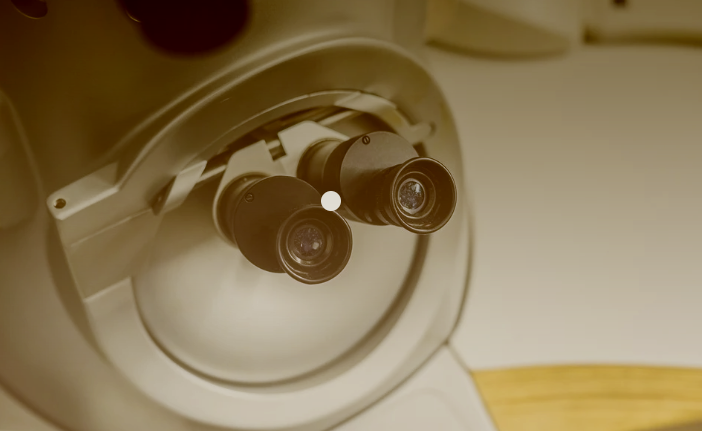
Although the electron microscope can reveal details down to one nanometer, ongoing exploration aims to overcome limitations for creating higher resolution images. As well as limiting image quality and reducing samples’ optic cure. An aberration is a common problem in electron microscopy. It can reduce the resolution and quality of the images produced.
Further about the microscope
fresh complex phase and breadth control is needed in these microscopes. A transnational exploration group led by Akhil Kallepalli working within the Optics Group at the University of Glasgow. They set out to break the problem. Working from an optic perspective, a new ghosting algorithm was developed and tested and set up to produce an advanced resolution and discrepancy image under lower luminous flux illumination, potentially reducing sample damage.
optic modulation is needed for better control of lighting strategies. Modulation in optics is the process of changing the parcels of light swells to render information. It’s used in optic communication systems and colorful operations similar to spectroscopy and imaging. numerous types of modulators have been available in the field of optics for a long time.
still, there are no modulators available for electron microscopy. The perpetuation of complex phase and breadth control to reduce phase crimes and ameliorate. They are nonstop imaging in electron microscopy remains a challenge.
The system
The authors applied computer ghosting, an optic approach to electron microscopy, and cooked a new algorithm to break the problem. The approach inverts knowledge of the projected patterns and their measured transmission to reconstruct the image. This allows us to measure the transmittance of the sample when illuminated with further complex spatial patterns.
In this system, the performing shape of the light field in the airplane of the object can be calculated using numerical ray spreading ways, allowing lensless and far-field perpetration. thus, the reckoned phantom image can be used for transmission electron microscopy imaging.
In optic procedures, spatial light modulators can be used to insure the orthogonality of image patterns. still, it’s delicate to guarantee between-sample orthogonality when using explosively constrained or natural friction modulators. This new algorithm designed by the authors makes optimal use of the samples anyhow of their orthogonality. His new system is called” orthogonalized ghosting.”
Orthogonalized ghosting
The authors tested their system in two ways. First, an optic trial analogous to the transmission electron microscope system was performed. This trial tested the lighting strategy and the robustness of the algorithm against non-orthogonality. They also tested their system using a transmission electron microscope.
trials have shown that the authors’ tiptoeing algorithm produces an advanced-resolution image reconstruction with better discrepancy than the more common online ghosting algorithm. The new algorithm improves imaging capabilities at any wavelength and is robust against the non-orthogonality of sample sets, enabling effective operations in both light and electron microscopy.
In the composition’s excursus, the authors punctuate some findings related to damage to electron microscope samples that could be reduced by their system. unborn developments can be used to further optimize image resolution or speed during light and electron microscopy imaging.
Technology
Protect Your Supercell ID in 2025: Ultimate Guide to Account Security & Recovery
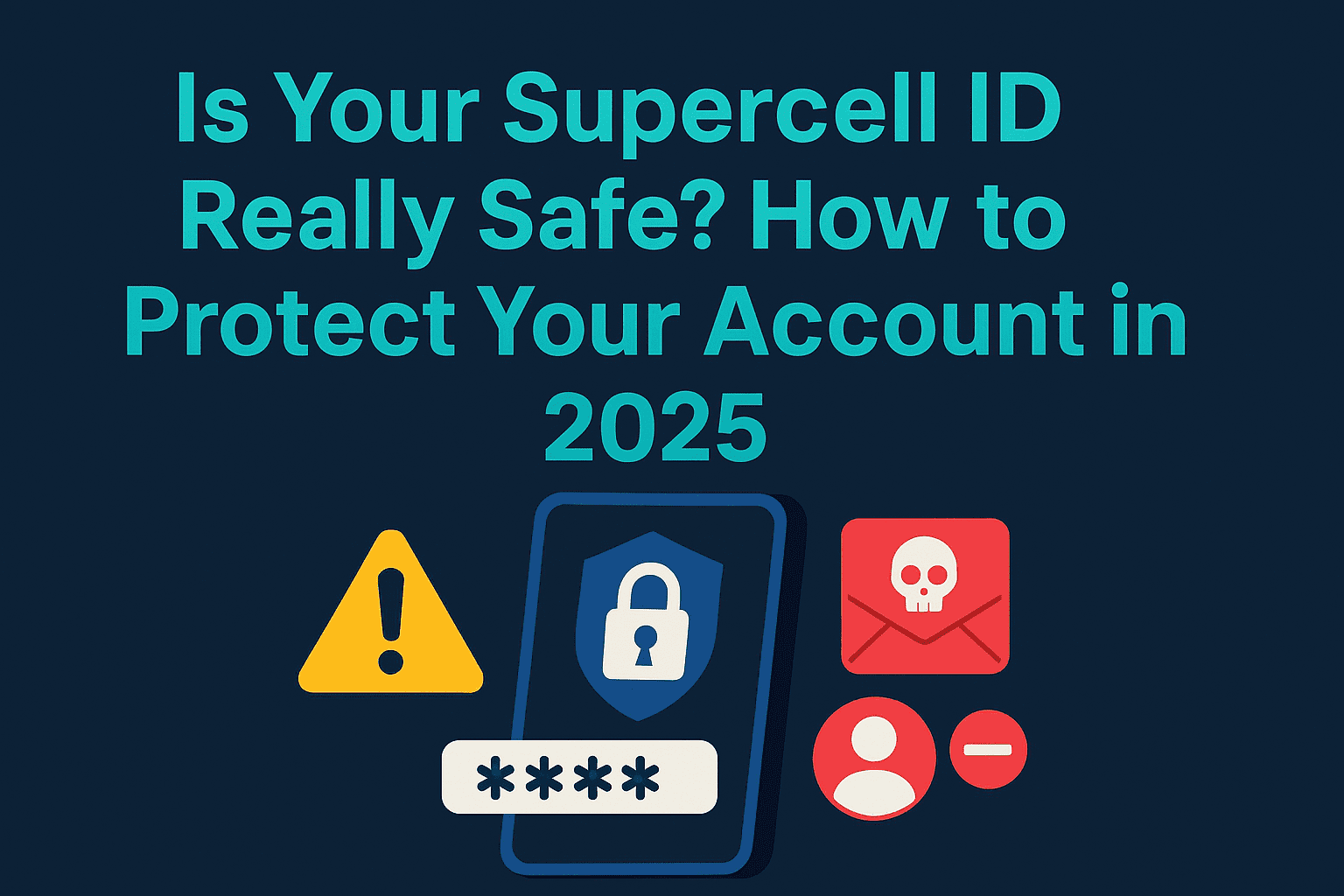
If you’re playing games like Clash of Clans, Brawl Stars, or Clash Royale, your Supercell ID holds a lot more than just login information—it stores years of gaming progress, rare in-game items, and possibly hundreds of dollars’ worth of virtual currency. In 2025, with cyber threats on the rise and hackers targeting gaming accounts more than ever, your Supercell ID has become a digital asset worth protecting.
In this complete guide, we’ll walk you through everything you need to know about Supercell ID security—why it matters, what threats you face, and most importantly, how to defend your account like a pro.
What Is Supercell ID and Why You Need One
Supercell ID is a free login system developed by Supercell to help players save progress and switch between devices without losing their game data. It supports all major Supercell games, including:
- Clash of Clans
- Brawl Stars
- Clash Royale
- Hay Day
- Boom Beach
Instead of using passwords, Supercell ID sends you a unique code via email each time you log in. This eliminates the need for memorizing passwords and minimizes the chances of being hacked via password guessing.
Why players use Supercell ID:
- Easily switch between devices
- Manage multiple accounts on one device
- Prevent progress loss
- Sync across Android and iOS platforms
- Enable additional account protection features
How to Set Up a Supercell ID (Securely)
Setting up your Supercell ID is simple:
- Open any Supercell game
- Go to Settings > Supercell ID
- Enter your email address
- Verify with the 6-digit code sent to your inbox
To make your account more secure, activate Supercell’s built-in Account Protection feature:
- Tap the gear icon in the Supercell ID menu
- Select “Account Protection”
- Activate SMS verification and save your recovery codes in a secure location
Important: Your Supercell ID is only as secure as the email it’s linked to. Make sure your email account has two-factor authentication (2FA) enabled. Follow Google’s 2FA setup guide.
The Biggest Threats to Supercell ID Security in 2025
1. Phishing & Smishing Attacks
Hackers are targeting mobile gamers through SMS and email phishing (a.k.a. \”smishing\”). These attacks often promise free gems or exclusive skins and link to fake login pages.
Protect yourself:
- Never enter your login code or email on unofficial sites
- Don’t click suspicious links from text messages
- Report phishing attempts to Supercell support
Learn more about phishing: Norton Phishing Guide
2. Weak or Reused Passwords
While Supercell ID doesn’t use traditional passwords, your email does. Using weak or repeated passwords across sites is one of the top ways hackers get in.
Fix it fast:
- Use a password manager like Bitwarden
- Create a unique, 14+ character password with symbols and numbers
3. Downloading Apps from Unofficial Sources
Third-party or modded APKs might claim to give you an edge in the game, but they often come with malware designed to steal your credentials.
Only download from trusted sources:
4. Social Engineering via In-Game Chat
Some scammers use in-game chat to manipulate users. They may pretend to be a support agent, clan leader, or fellow player offering a reward—then ask for your email or login code.
Stay sharp:
- Supercell will never ask for your login code in chat
- Don’t trust anyone asking for account details
- Report suspicious behavior immediately
How to Secure Your Supercell ID Step-by-Step
- ✅ Enable Two-Factor Authentication on Your Email
Your email is the key to your Supercell ID. If it’s compromised, so is your account. Use 2FA to add an extra barrier. - ✅ Turn On Account Protection in Supercell
Go to any Supercell game: Settings > Supercell ID > Gear Icon > Account Protection > Activate. This enables SMS verification and backup recovery codes. - ✅ Don’t Share Your Account
Sharing your login or verification code—even with a friend—is risky. It also violates Supercell’s Terms of Service and could get your account suspended. - ✅ Monitor Login Notifications
Every time your account logs in on a new device, Supercell will send you an email. If something looks off:- Click “This isn’t my device” in the email
- Log out of all devices
- Change your Supercell ID email immediately
What to Do If Your Supercell ID Is Hacked
Signs of compromise:
- Emails in a language you don’t speak
- Login notifications from unknown devices
- You’re logged out of all games
- Your verification codes stop arriving
Step-by-step recovery:
- Change your email password
- Click “This isn’t my device” in any unfamiliar login notification
- Use SMS verification or recovery codes (if enabled)
- Contact Supercell Support from within any game:
- Go to Settings > Help and Support > Chat icon
Support may ask for:
- Your player tag or ID
- Account name and level
- Clan or Club name
- Purchase receipts or transaction IDs
Avoid fake support scams:
- Supercell never initiates contact via DM or social media
- Never share recovery or login codes outside the game
Post-Recovery: Lock Down Your Account
Once your account is recovered, secure it better than before:
- Change the email connected to your Supercell ID
- Re-enable Account Protection and 2FA
- Monitor activity for strange logins
- Never reuse passwords between email and other platforms
Final Thoughts
Your Supercell ID is more than a login—it’s your entire gaming journey. In 2025, that digital identity is more valuable than ever. With phishing scams, malware, and account takeovers on the rise, taking five minutes today to lock down your ID could save you from losing years of progress.
Focus on what you enjoy—playing the game—not stressing over security. Enable protections, use strong passwords, and stay informed. The safer your account, the more you can enjoy the game.
Want to help your clanmates stay secure too? Share this guide!
Technology
Powerful Strategies: Top 10 Tips to Drastically Reduce Your Home Electricity Bills
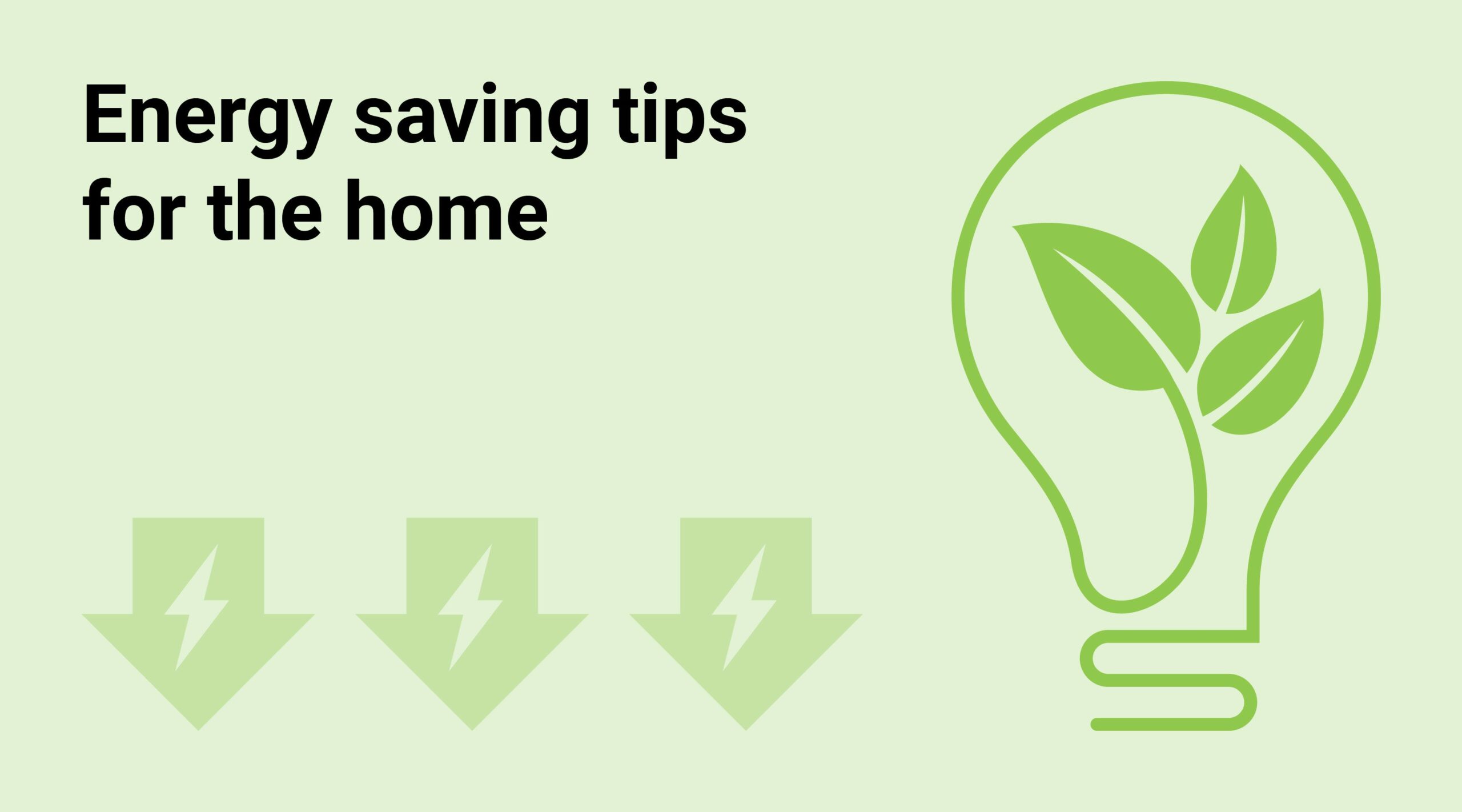
In today’s world, where the cost of living continues to rise, finding effective ways to reduce electricity bills has become a pressing concern for many households. This article presents a comprehensive guide with the top 10 strategies to not only cut down on energy costs but also promote a more sustainable and eco-friendly lifestyle. Let’s delve into these powerful tips that can lead to significant savings and contribute to a greener planet.
1. Conduct a Comprehensive Home Energy Audit:
The first step towards reducing electricity bills is to understand your home’s energy consumption. To begin with, perform a thorough energy audit, identifying areas of improvement such as energy-draining appliances, insulation issues, and potential drafts. Online tools and professional audits can provide valuable insights into your energy usage patterns.
2. Upgrade to Smart Thermostats:
Investing in a smart thermostat is a game-changer for energy efficiency. These devices learn your heating and cooling preferences, adjusting the temperature based on your habits. Consequently, this not only enhances comfort but also leads to substantial energy savings over time.
3. Embrace Energy-Efficient Appliances:
Replace outdated appliances with ENERGY STAR-rated models. These appliances are specifically designed to consume less energy while maintaining optimal functionality. From refrigerators to washing machines, upgrading to energy-efficient options significantly contributes to reducing electricity bills.
4. Unplug Devices When Not in Use:
Combat phantom energy consumption by regularly unplugging devices and chargers when they’re not actively in use. Even in standby mode, electronic devices continue to draw power, contributing to unnecessary energy expenditure.
5. Switch to LED Bulbs:
Make the transition to LED or CFL bulbs. These energy-efficient alternatives not only consume less energy but also have a longer lifespan, thereby reducing the frequency of replacements. Consequently, switching to LED lighting is a simple yet impactful step towards lowering your electricity bills.
6. Seal Leaks and Optimize Insulation:
Addressing drafts and optimizing insulation in your home is crucial for regulating indoor temperatures. Sealing leaks around windows and doors prevent heat loss or gain, thus reducing the strain on heating and cooling systems and leading to substantial energy savings.
7. Regular HVAC Maintenance:
Schedule regular maintenance for your Heating, Ventilation, and Air Conditioning (HVAC) system. Cleaning or replacing filters, addressing leaks promptly, and ensuring optimal efficiency can significantly contribute to reducing electricity bills.
Related Article: Slash Your Electric Bill by 90% with This Simple Trick
8. Invest in Solar Power:
Explore the possibility of installing solar panels on your property. While the initial investment may be substantial, solar panels harness the power of the sun, providing a clean and renewable energy source that can lead to long-term savings.
9. Leverage Wind Energy Options:
In regions with favorable wind conditions, consider harnessing wind energy through small-scale wind turbines or community wind projects. Wind power adds another dimension to your efforts to reduce electricity bills while embracing renewable energy.
10. Take Advantage of Financial Incentives:
Many utility companies offer rebates or discounts for customers who invest in energy-efficient technologies. Additionally, government programs and tax credits may further offset the initial costs of implementing these strategies, making it a financially savvy decision.
Conclusion:
Reducing electricity bills is not only about saving money but also about adopting a more sustainable and responsible lifestyle. By incorporating these top 10 strategies into your daily routine, you can make a significant impact on your energy consumption and costs. Start implementing these powerful tips today and embark on a journey towards a more energy-efficient and eco-friendly home.
Technology
Slash Your Electric Bill by 90% with This Simple Trick
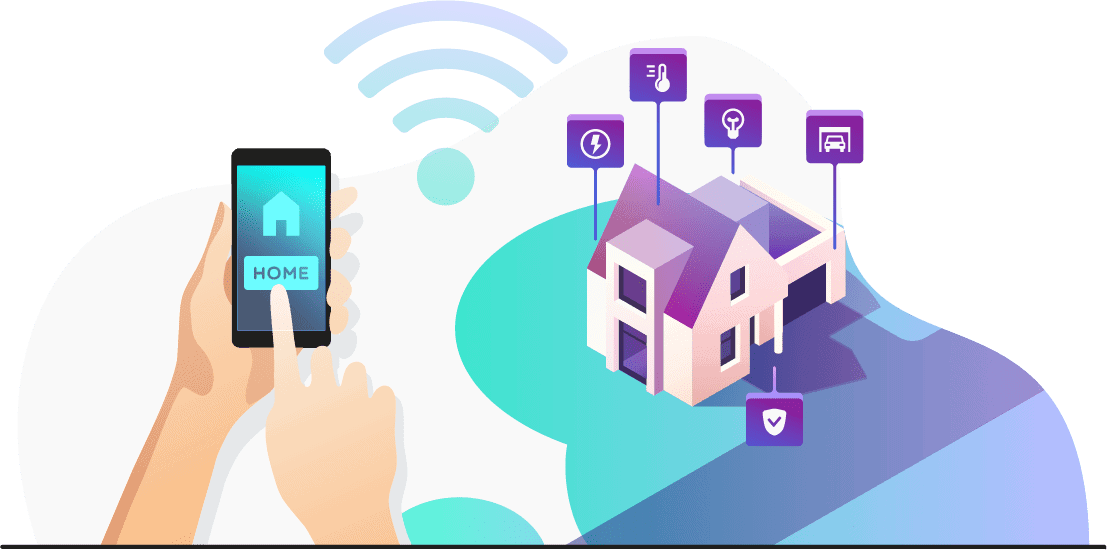
Introduction:
In today’s landscape of escalating energy costs and environmental concerns, finding effective ways to reduce electric bills is a top priority for many households. This comprehensive guide unveils a revolutionary method, a single trick capable of potentially slashing your electric bill by an impressive 90%. Let’s delve into the details of this energy-saving secret and learn how to implement it for maximum efficiency in your daily life.
Understanding the Current Energy Landscape:
Before exploring the trick, it’s crucial to comprehend the current energy landscape. With electricity costs on the rise and a growing emphasis on environmental sustainability, individuals seek sustainable and cost-effective solutions. The 1 simple trick we are about to unveil not only addresses these concerns but also offers a practical and accessible approach suitable for everyone.
The Power of Smart Home Automation:
The key to a substantial reduction in your electric bill lies in embracing smart home automation. This innovative technology allows you to control and optimize your home’s energy usage effortlessly. By integrating smart devices and systems, you gain the ability to monitor, manage, and adjust your energy consumption in real-time.
Smart Thermostats: A Game-Changer for Energy Efficiency:
One of the most impactful components of the 1 simple trick is the adoption of a smart thermostat. Traditional thermostats often lead to energy wastage, operating on fixed schedules and heating or cooling empty spaces. Smart thermostats, on the other hand, learn from your habits, adjusting temperature settings based on your preferences and presence. This not only enhances comfort but also significantly reduces energy consumption.
The Role of Energy-Efficient Appliances:
In conjunction with smart thermostats, upgrading to energy-efficient appliances amplifies the effectiveness of the trick. Modern appliances, designed with energy-saving features, consume significantly less electricity without compromising performance. We’ll explore the top-rated energy-efficient appliances that complement the smart home automation approach, providing you with a comprehensive strategy to cut your electric bill.
Harnessing Solar Power for Sustainable Savings:
To achieve the full potential of the 1 simple trick, consider incorporating solar power into your home. Solar panels capture the sun’s energy and convert it into electricity, offering a clean and renewable energy source. Advances in solar technology have made it more accessible and affordable for homeowners, contributing to long-term energy savings and environmental benefits.
The Financial Incentives of Energy Efficiency:
Beyond the immediate reduction in your electric bill, embracing energy efficiency and smart home automation often comes with financial incentives. Many utility companies offer rebates or discounts for customers who invest in energy-efficient technologies. Additionally, government programs and tax credits may further offset the initial costs of implementing the 1 simple trick, making it a financially savvy decision.
Practical Steps to Implement the Trick:
To implement this 1 simple trick effectively, we’ll guide you through the practical steps involved, from selecting the right smart thermostat to choosing energy-efficient appliances and exploring solar options. With easy-to-follow instructions, you can embark on the journey to cut your electric bill without compromising your lifestyle.
Conclusion:
In conclusion, the 1 simple trick to cut your electric bill by 90% is rooted in the power of smart home automation, energy-efficient appliances, and harnessing solar energy. By adopting these practices, you not only enjoy immediate savings but also contribute to a more sustainable and eco-friendly future. Explore the possibilities, empower your home with technology, and witness the transformative impact on your energy consumption and costs.
-

 anime3 years ago
anime3 years agoMillions of anime fans will love this new feature on Sony TV
-

 cars3 years ago
cars3 years ago5Aston Martin Valkyrie Review 2023
-

 Mobiles3 years ago
Mobiles3 years agoMillions of users can access the hidden Netflix update
-

 Health2 years ago
Health2 years agoChina’s Healthcare System: The Top 5 Hospitals for Quality Care
-
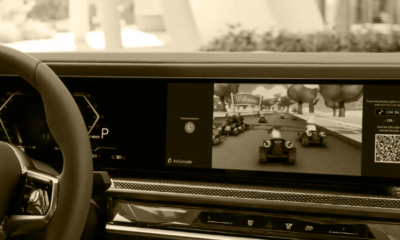
 News3 years ago
News3 years agoBMW will bring casual video games to its curved screen in 2023
-
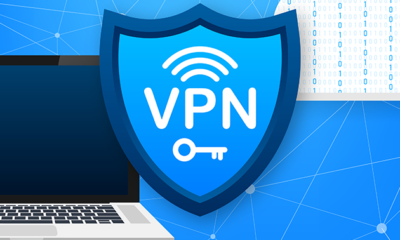
 Technology2 years ago
Technology2 years agoWhat is a VPN | How VPNs Work
-
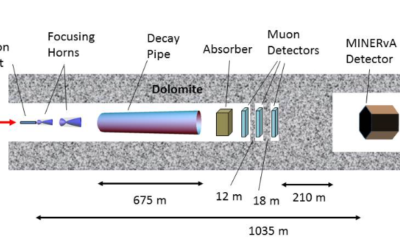
 Technology3 years ago
Technology3 years agoThe magnetic focus ‘horn’ produces the first image of protons with neutrinos
-

 Games3 years ago
Games3 years ago15 must have games for Android: discover the best mobile gaming experiences
